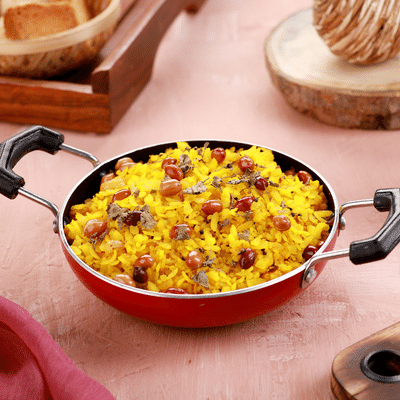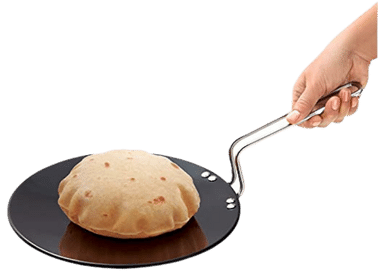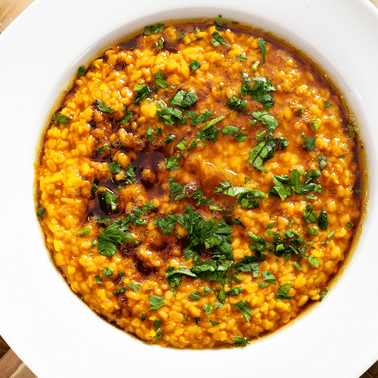Class 3 EVS Chapter 10 What is Cooking Revision Notes and Worksheets
FAQs on What is Cooking Class 3 Notes CBSE EVS Chapter 10 (Free PDF Download)
1. What is the heat source in solar cookers?
The heat source of solar cookers is solar energy. It is the sun rays that fall on the cooker’s surface that produce heat and cooks food inside.
2. What is the most common way of cooking food?
Boiling and frying are the most common methods of cooking food. Almost all conventional food preparations we eat are made in these two ways.
3. How can you write down the process of making a dish?
Focus and note down every step of the food preparation process. Learn why and how the ingredients are added and answer perfectly.
4. Where can I access and download these Class 3 EVS Chapter 10 notes for free in PDF format?
These notes can be accessed and downloaded for free on Vedantu's platform or website.
5. What age group are these What is Cooking Class 3 Notes suitable for?
These notes are designed for young learners in Class 3 who want to explore the world of cooking and nutrition.
6. Do these What is Cooking Class 3 Notes include practical cooking activities for children to try at home?
These notes often include simple and safe cooking activities that children can try with adult supervision, making learning about cooking hands-on and enjoyable.
7. How can these What is Cooking Class 3 Notes help my child understand the importance of nutrition and healthy eating?
These notes aim to introduce children to the concepts of nutrition and balanced diets in an age-appropriate manner, promoting awareness of healthy eating habits.



















